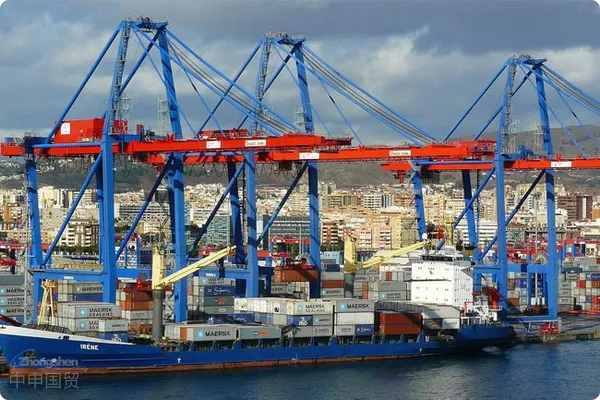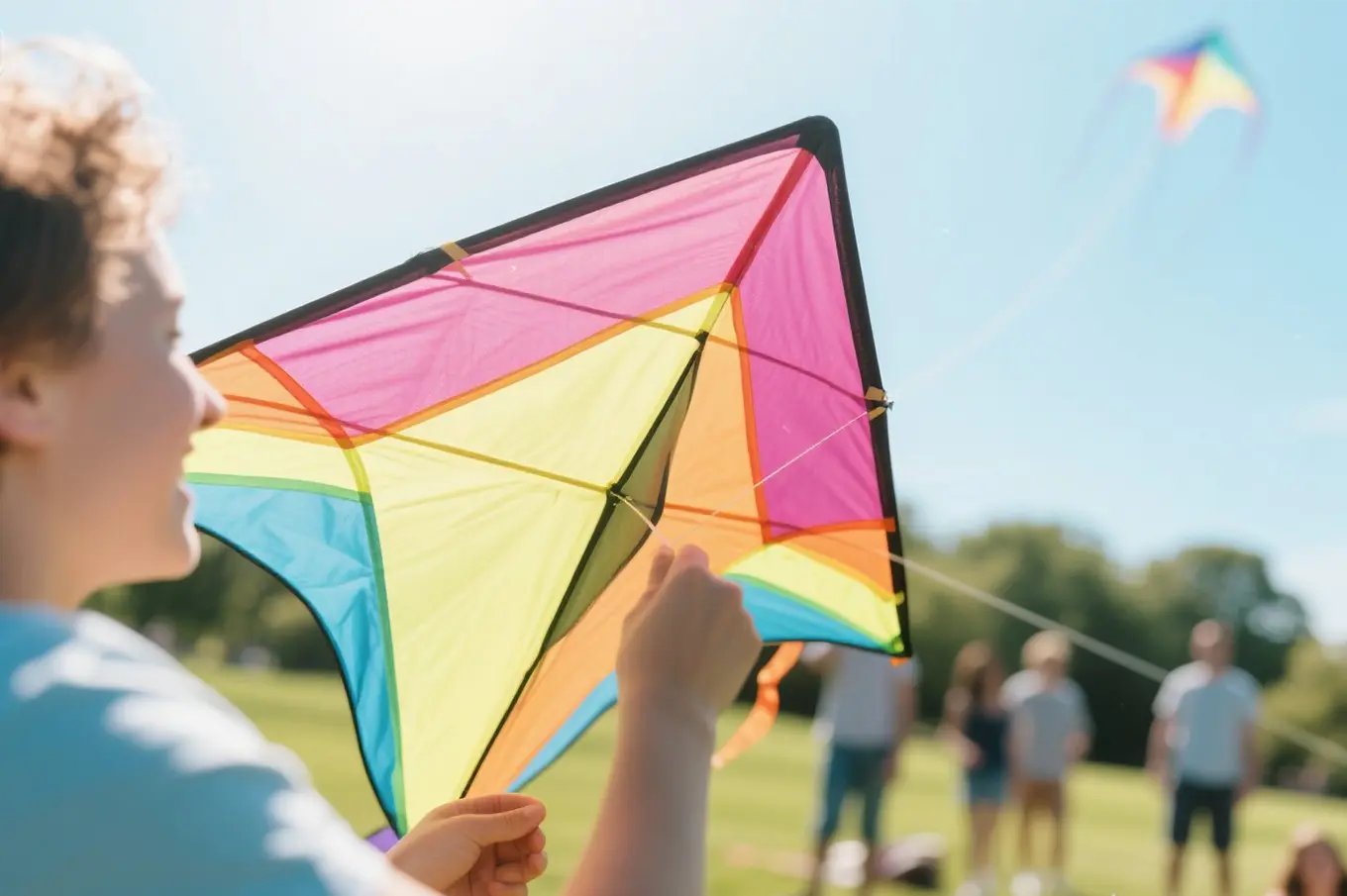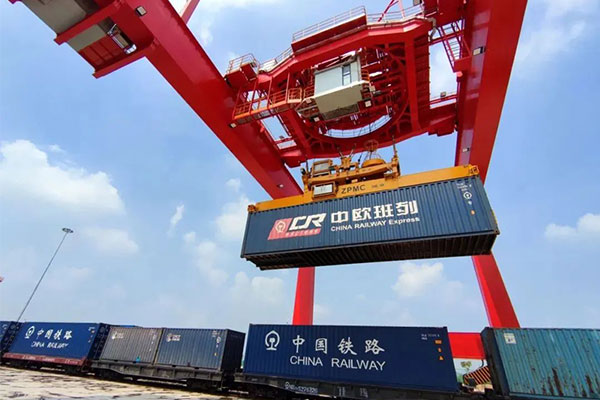- Shanghai Zhongshen International Trade Co., Ltd. - Two decades of trade agency expertise.
- Service Hotline: 139 1787 2118

In todays thriving global automotive industry, Russia, as a car market with enormous potential, has attracted the attention of numerous auto parts manufacturers, with the export of automotive lighting increasingly coming into focus. However, to successfully export automotive lighting to Russia, certification is a crucial hurdle that must be overcome.
I. The Importance of Automotive Lighting Certification in Russia
Russias traffic regulations and safety standards impose strict requirements on automotive lighting. Automotive lighting is not only about the vehicles aesthetic appeal but, more importantly, directly relates to driving safety. Under Russias complex road conditions and variable climate, such as long winters and icy weather, qualified automotive lighting is key to ensuring clear driver visibility and accurately conveying signals to other road users. Exporting automotive lighting to Russia without proper certification may result in products being seized by customs, fines, or even market bans, while also damaging the companys reputation in the international market.
II. Main Standards Involved in Certification
GOST standards
– GOST is the Russian national standard that specifies detailed requirements for automotive lighting regarding optical performance, durability, impact resistance, etc. For example, the luminous intensity and beam distribution of automotive headlights must meet specific numerical ranges to ensure sufficient illumination under various driving conditions. The materials and structure of lamp housings must also satisfy certain impact resistance requirements to prevent damage from collisions or vibrations during vehicle operation.
EAC certification
– EAC certification is the unified certification standard implemented by the Eurasian Economic Union (including Russia and other countries). For automotive lighting, it covers multiple aspects such as electromagnetic compatibility (EMC) and safety. Electronic components in automotive lighting must comply with EMC standards to ensure they do not interfere with other electronic devices in the vehicle while functioning properly in complex electromagnetic environments. Safety aspects involve electrical insulation, fire resistance, etc.
III. Certification Process
Customs clearance support
– First, exporting companies need to prepare a series of documents, including technical specifications, circuit diagrams (if electronic components are involved), and production process flows. These documents must detail the performance parameters, structural features, and quality control measures during production for the automotive lighting products.
Product Testing
– Next, samples of the automotive lighting products must be sent to a Russian-accredited laboratory for testing. The laboratory will conduct comprehensive tests based on GOST standards and EAC certification requirements. For example, headlights undergo illumination tests to measure luminous intensity at different angles; turn signals are tested for flash frequency and brightness to ensure compliance with signaling requirements. The testing process may take several weeks, during which the samples must consistently meet all test criteria.
Factory Audit (in Some Cases)
– In some cases, Russian certification bodies may conduct factory audits for automotive lighting manufacturers. The audit covers whether production equipment meets requirements and whether the quality management system is sound. This requires companies to establish a robust quality management system, maintain clean and orderly production environments, and perform regular maintenance and calibration of production equipment.
Obtaining Certification
– If both product testing and factory audits (if applicable) are successfully completed, the company can obtain certification for automotive lightingCompulsory certificationIn-Depth Understanding of Standards
IV. Strategies to Address Certification Challenges
- Companies should organize professionals to thoroughly study Russian automotive lighting certification standards, attend relevant training courses or seminars, and stay updated on standard revisions. This ensures compliance with standards from the initial design and production stages, avoiding large-scale modifications later due to non-compliance.
– Companies should organize professionals to thoroughly study Russian automotive lighting certification standards, attend relevant training courses or seminars, and stay updated on standard revisions. This allows them to align product design and production with standard requirements from the outset, avoiding large-scale modifications later due to non-compliance.
- Given the complexity of Russias certification system, selecting an experienced and reputable certification partner is crucial. Certification partners can provide accurate guidance on the certification process, assist with document preparation, and facilitate effective communication with Russian certification bodies. For example, some internationally renowned certification consulting firms have extensive case experience in Russian automotive lighting certification, saving companies significant time and effort.
– Given the complexity of Russias certification system, choosing an experienced and reputable certification partner is crucial. Certification partners can provide accurate guidance on the certification process, assist with document preparation, and facilitate effective communication with Russian certification bodies. For example, some internationally renowned certification consulting firms have extensive case experience in Russian automotive lighting certification, saving companies significant time and effort.
- Based on certification standards, companies should optimize the design of automotive lighting. For example, using higher-quality optical materials to improve illumination or enhancing heat dissipation structures to extend product lifespan. During production, advanced manufacturing processes and quality control measures should be implemented to ensure product stability and consistency.
– Based on certification standards, companies should optimize the design of automotive lighting products. For example, using higher-quality optical materials to improve illumination performance or enhancing heat dissipation structures to extend product lifespan. During production, advanced manufacturing processes and quality control measures should be implemented to ensure product consistency and stability.
In todays thriving global automotive industry, Russia, as a car market with enormous potential, has attracted the attention of numerous auto parts manufacturers, with the export of automotive lighting increasingly coming into focus. However, to successfully export automotive lighting to Russia, certification is a crucial hurdle that must be overcome. I. The Importance of Automotive Lighting Certification in Russia Russias traffic regulations and safety standards impose strict requirements on automotive lighting. Automotive lighting is not only about the vehicles aesthetic appeal but, more importantly, directly relates to driving safety. Under Russias complex road conditions and variable climate conditions
Related Recommendations
? 2025. All Rights Reserved. Shanghai ICP No. 2023007705-2  PSB Record: Shanghai No.31011502009912
PSB Record: Shanghai No.31011502009912










